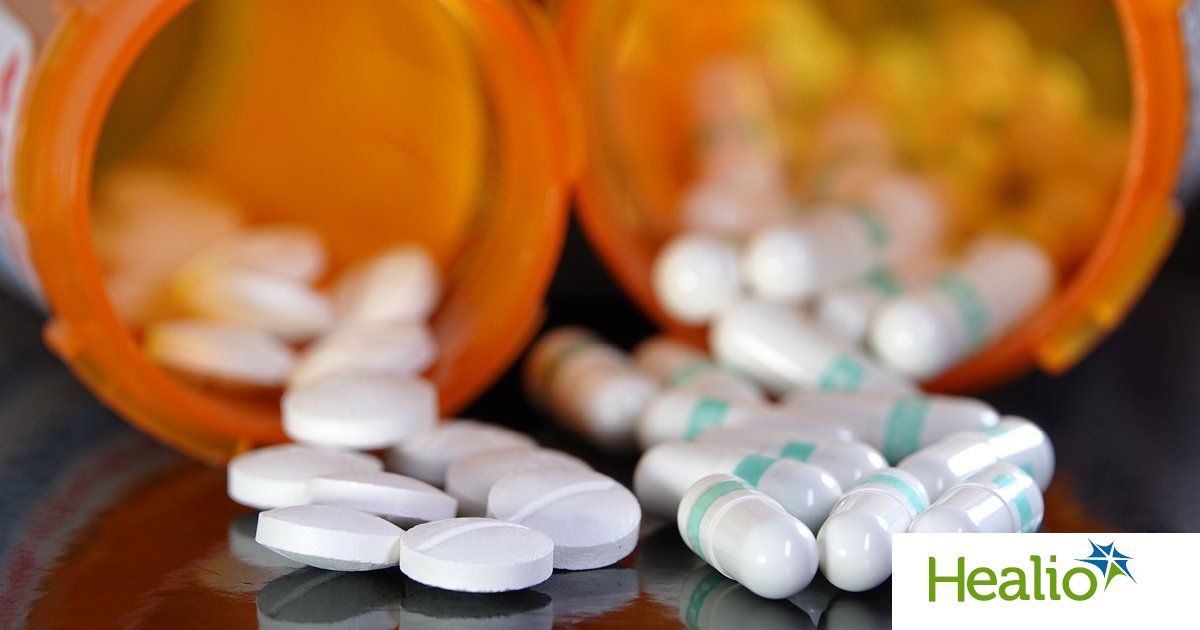Drug Induced Lupus

Drug-induced lupus (DILE) is a very common autoimmune disorder, and many drugs can trigger it. The list of drugs that can cause DILE is growing as newer drugs are developed. The good news is that removing the drugs from the body will normally improve symptoms. Identifying the drug mechanisms involved in triggering DILE may help us understand what causes idiopathic autoimmunity in the first place.
Minocycline
Although the link between minocycline and drug-induced lupus is not fully understood, it is apparent that minocycline treatment can lead to lupus-like syndromes. These reactions usually involve liver abnormalities. In addition, there have been reports of autoimmune hepatitis triggered by minocycline.
The frequency of drug-induced lupus varies widely across the population. In the United States, there are 15,000 and 30,000 new cases yearly. Drug-induced lupus is generally equal in females and men and is more common among older adults and White populations. Most cases of drug-induced lupus involve young females taking minocycline or another drug known to induce lupus.
There are several ways to diagnose and treat drug-induced lupus. One way is to use an antinuclear antibody test. The test will identify whether minocycline is the culprit in the onset of the disease.
Hydralazine
Hydralazine is a drug commonly used to treat hypertension. It is generally considered harmless, but 5-10% of patients taking it to develop drug-induced lupus or ANCA-associated vasculitis. This disorder is a rare autoimmune disease with a largely unknown cause. It can develop months or years after the drug is first prescribed.
The risk of developing lupus from hydralazine depends on several factors. High daily doses, a slow acetylator status, and HLA-DRw4 phenotypes may lead to a higher risk.
In November 2016, a 79-year-old Caucasian male presented to a nephrology clinic. He had a history of long-standing essential hypertension, diet-controlled type 2 diabetes, and stage 3 chronic kidney disease. His serum creatinine levels ranged from 1.3 to 1.7 mg/dl. He did not have a history of proteinuria. His cardiologist had initiated hydralazine therapy for his hypertension. An immunology workup revealed the presence of antinuclear antibodies with a ratio of 1:160 but no specific antibodies.
Hydralazine-induced lupus
Hydralazine is an antihypertensive drug that is commonly prescribed to treat hypertension. However, it is also linked to the development of lupus. Although the etiology of this autoimmune disorder is unclear, it can affect up to 5 percent of those who take the drug. It usually presents with cutaneous lesions, serositis, and myalgias, but it rarely leads to severe manifestations of systemic lupus erythematosus.
The patient presented to a nephrology clinic in November 2016 with a history of essential hypertension and diabetes. She had been on hydralazine therapy for 10 years. Her serum creatinine levels were between 1.3 and 1.7 mg/dl. She also reported no prior history of proteinuria or another kidney disease. The patient's cardiologist initiated hydralazine therapy for hypertension. A routine rheumatology workup revealed that she had antibodies against the antinuclear factor.
Arthralgias, myalgias, and fevers characterize hydralazine-induced lupus. Rarely can the disease cause glomerulonephritis. Other pulmonary symptoms include pulmonary vasculitis and diffuse alveolar hemorrhage, characterized by a drop in hemoglobin and respiratory compromise. Patients with hydralazine-induced lupulin may also have pulmonary opacities diagnosed by pulmonary imaging.



